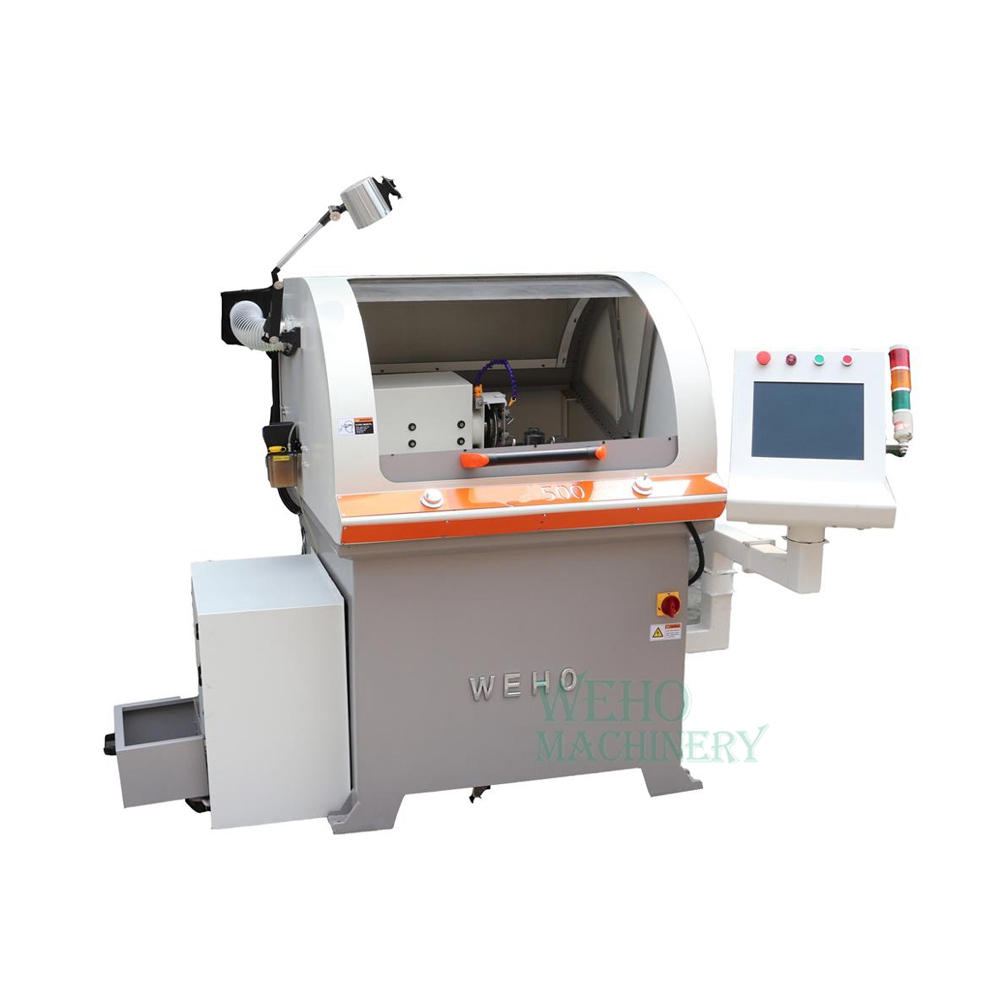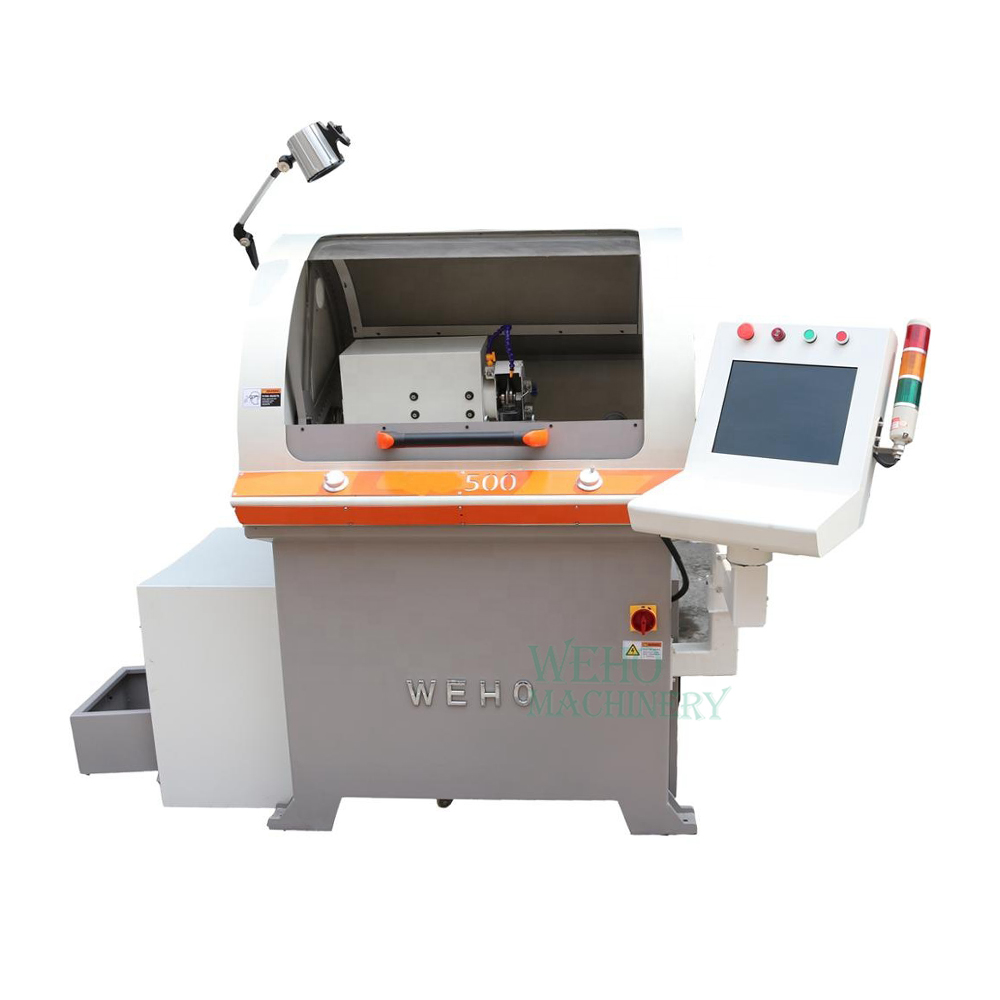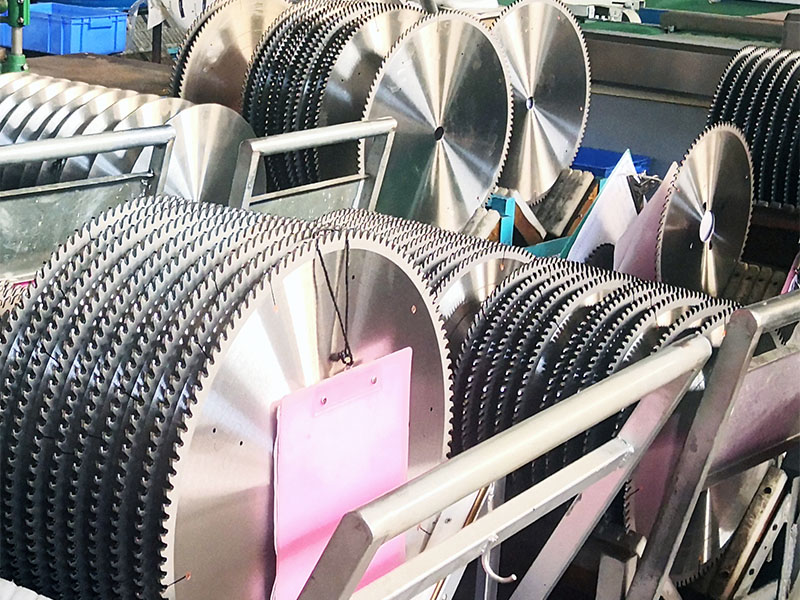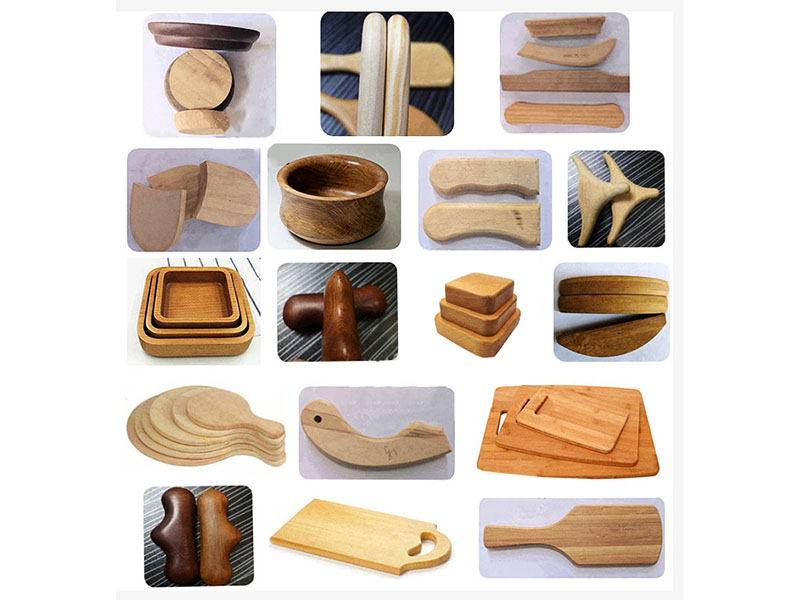
Step-by-Step Guide: How to Use an HSS Saw Blade Grinding Machine Safely
High-speed steel (HSS) saw blades are widely used in metalworking, woodworking, automotive production, and tube processing due to their durability, heat resistance, and high cutting performance. However, their cutting quality gradually deteriorates as edges become dull over time. An HSS saw blade grinding machine, also known as an HSS circular saw blade sharpener or HSS tooth grinding machine, restores sharpness and performance, reduces production costs, and prevents damage to both materials and machinery.
While grinding improves productivity and tool life, it also involves risks such as wheel breakage, sparks, hot chips, and alignment errors. Ensuring safe operation through proper training and procedures is essential. This comprehensive step-by-step guide explains how to operate an HSS saw blade grinding machine correctly and safely, while also helping businesses maintain precision and reduce operational risks.
Why Safety Matters When Sharpening HSS Saw Blades
HSS saw blade grinding machines use abrasive wheels rotating at high speeds to reshape cutting teeth. Errors in clamping, angle setting, or wheel selection can lead to blade cracking, uneven sharpening, overheating, or personal injury. Operators should always follow machine guidelines, grinding wheel standards, and blade manufacturer specifications. Safety is an investment that prevents downtime, machine wear, tool failure, and workplace accidents.
Essential Protective Equipment Before Operation
Before beginning any grinding task, operators should be fully prepared with protective supplies. Protective glasses or a face shield prevent metal chips from entering the eyes. Industrial gloves protect skin from heat and sharp edges. Earplugs can reduce long-term hearing damage. A dust mask minimizes exposure to fine metal dust. Proper work shoes and tight clothing ensure nothing becomes caught in rotating components. These items reduce risk and help maintain operational confidence and focus.
Step-by-Step Safe Operation Guide for HSS Saw Blade Grinding Machines
The following steps apply to both manual and CNC HSS saw blade grinding machines.
Step 1: Inspect the Blade Condition
Before sharpening a circular saw blade, thoroughly assess its condition. Any cracks, missing teeth, deformation, or severe burning marks indicate the blade should be replaced rather than sharpened. Trying to restore a damaged blade may result in dangerous breakage during or after grinding. Also ensure that the bore size matches the machine’s spindle to avoid misalignment.
Step 2: Clean the Saw Blade
Residue such as chips, cutting fluid deposits, and rust can create grinding inaccuracies and lead to overheating. Use a cleaner and a non-corrosive brush to remove contaminants. A clean blade allows precise tooth contact with minimal friction and helps the coolant operate effectively.
Step 3: Secure the Blade Properly in the Clamping System
Proper mounting on the blade holder guarantees stability throughout the process. The blade should fit tightly without any play or vibration. Verify the locking mechanism is firm and double-check the rotation direction. Incorrect clamping is a leading cause of angle deviation and safety incidents.
Step 4: Set the Required Tooth Geometry and Sharpening Angles
The tooth design varies depending on the application, such as cutting steel pipes, aluminum profiles, or wood boards. The hook angle, clearance angle, and top angle must be correctly calibrated to maintain cutting accuracy and reduce friction during cutting. Reference manufacturer data whenever possible. CNC-controlled grinders provide programmable precision, reducing human error and ensuring each tooth is sharpened consistently.
Step 5: Select the Correct Grinding Wheel and Speed
Choosing an appropriate abrasive material such as CBN or diamond ensures efficient metal removal with minimal heat damage. The grinding wheel must be inspected for cracks, flatness, and wear before installation. Set spindle speed and feed rate to match the diameter, thickness, and hardness of the HSS blade. Lower speeds may be necessary for narrow blades to prevent overheating or warping.
Step 6: Activate the Coolant System and Begin Cooling Flow
Coolant is critical for safe HSS saw blade grinding. It prevents tooth burnout, improves surface finish, and prolongs wheel life. Ensure the cooling system is functioning properly and apply coolant before grinding contact begins. Dry grinding increases the risk of temper loss and micro-cracks and should only be performed when specifically permitted by the machine design.
Step 7: Begin Grinding Using Controlled and Steady Movements
Start the wheel rotation first and then gently feed the blade into the grinding zone. Maintain consistent pressure and feed speed without forcing the contact. Irregular movements create uneven sharpening, and excessive pressure can overheat the blade or damage the grinding wheel. Continuous monitoring helps detect vibration, wheel deviation, or abnormal sounds that may indicate unsafe conditions.
Step 8: Check Progress Regularly and Do a Final Inspection
After the first pass, check the sharpness, tooth height uniformity, and visual surface finish. Every tooth should be evenly sharpened with no visible burns or marks. If necessary, adjust the settings and repeat grinding to achieve the required cutting performance. Finally, clean the saw blade again and allow it to cool completely before storage or installation.
Additional Safety and Operational Recommendations
Never touch the saw blade immediately after grinding, as teeth remain extremely hot. Keep the working environment free of unnecessary flammable objects and ensure that emergency switches remain unobstructed. Operators must remain attentive across every step. Training programs improve both safety and machine efficiency. Always replace grinding wheels that show cracks or excessive wear. Machine grounding and routine electrical inspections prevent electrical hazards.
Preventive maintenance is crucial for accuracy retention. Lubricate machine parts regularly. Clear accumulated metal dust and coolant residue. Re-level the machine periodically to ensure mechanical stability. These preventive actions extend the service life of both the grinder and the saw blade.
How Quality Machinery Improves Safety and Productivity: A Look at WEHO
Selecting the right HSS saw blade grinding machine directly affects the operator experience and the long-term cost of running a manufacturing line. WEHO specializes in producing high-performance HSS circular saw blade grinding machines designed for industrial sharpening needs in metal fabrication factories, pipe mills, and woodworking production plants.
WEHO grinding machines are engineered to:
- Offer stable clamping and smooth motion to reduce vibration
- Provide CNC automation for repeatable angle precision
- Integrate advanced coolant systems to maintain ideal temperatures
- Support multiple blade diameters and tooth forms
- Deliver consistent sharpening results for longer blade usability
These advantages help companies maintain high cutting efficiency with reduced downtime. Workshops looking to reduce sharpening outsourcing expenses can achieve fast return-on-investment using WEHO equipment. In environments where blade performance and safety directly affect production output, reliable machinery becomes a core part of the competitive advantage.
WEHO also offers professional technical support, operator training, and customization based on cutting applications. This ensures the grinding equipment perfectly adapts to different materials and production demands.
Conclusion
Safe operation of an HSS saw blade grinding machine not only protects workers but also improves sharpening results, preserves cutting quality, and extends blade life. From initial inspection to angle calibration and coolant management, every stage must be executed carefully and correctly. Businesses investing in proper procedures and reliable sharpening equipment benefit from lower costs, greater productivity, and stronger competitive performance. For workshops seeking improved blade grinding consistency, enhanced safety, and reduced labor reliance, WEHO provides trustworthy sharpening solutions that ensure long-term operational success.






